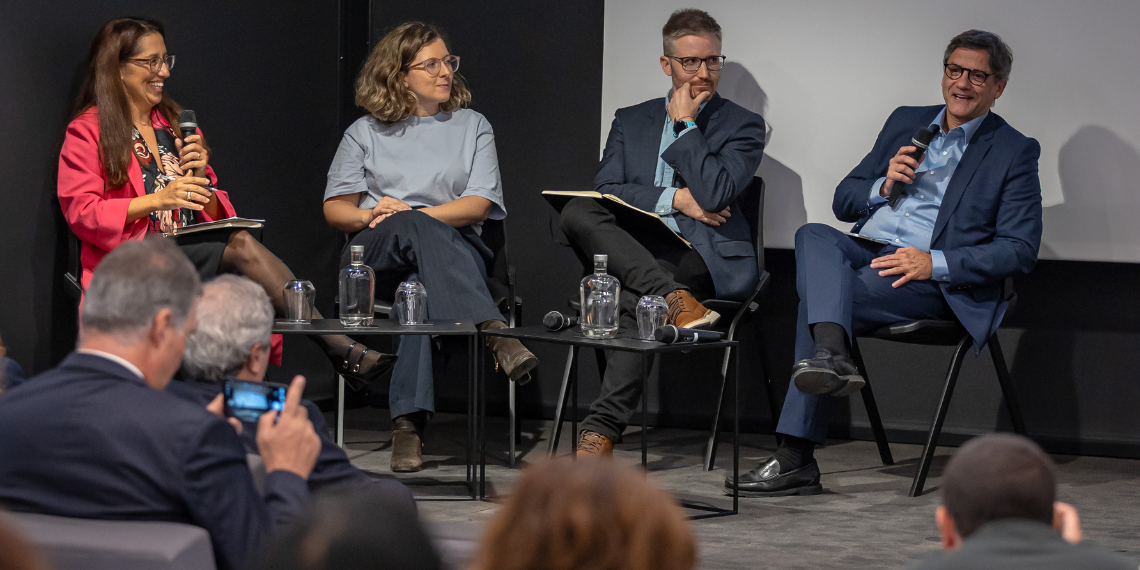Computer Science and Engineering
Computers, ranging from ever so scaleddown programmable devices, the ubiquitous smartphones to supercomputers currently capable of performing more than a trillion operations per second, have become a central, and increasingly indispensable, component of everyday life. Computer science and engineering are the linchpins to the unstoppable evolution of computing and enable its application to an ever-growing plethora of computerbased solutions.
Additionally, computer systems in crucial sectors such as utilities, healthcare, transportation, and finance present new, often unanticipated, risks that defy our knowledge and present hard and intricate challenges associated with interoperability, scalability, security, and criticality. Worldwide, computing systems in organisations account for over 10% of all global energy consumption and approximately 2% of global CO2 emissions, making the sustainability of much of our innovation also a significant challenge.






